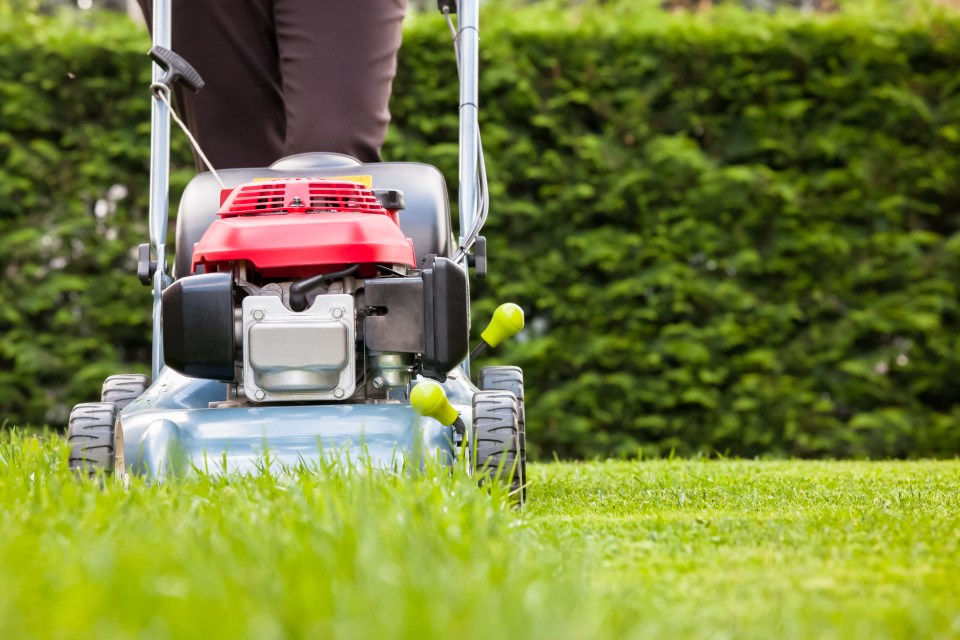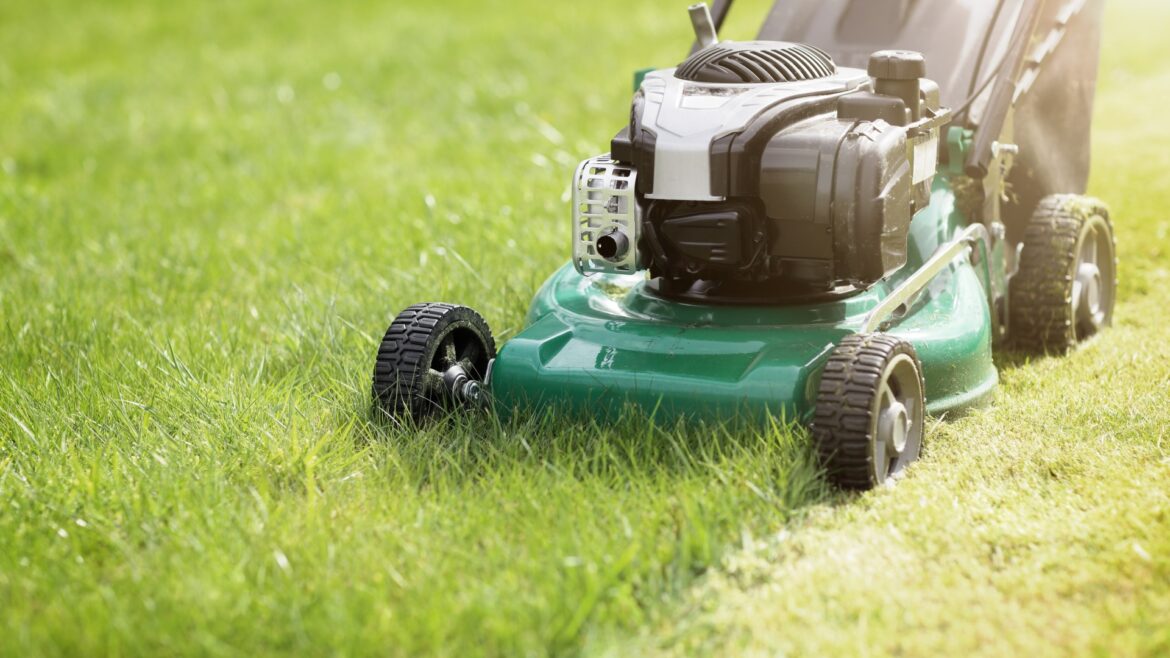A GARDENING expert has revealed her top tips to get a Wimbledon-worthy lawn this summer.
Parts of Scotland are set to be hotter than Tenerife this week too, so it’s the perfect chance to do some essential garden maintenance.

1
Two simple tips can make your lawn Wimbledon-worthy this summerCredit: Getty
Glasgow will be basking in the glorious sunshine with the mercury to hit highs of 28C in the city, while Edinburgh is also set to see highs of 28C on Saturday, with temperatures of 23C in Aberdeen.
The Met Office long range forecast from July 11 to July 20 states: “Many parts of the UK are expected to be part way through a period of high temperatures and humidity at the start of this period.
“The duration, geographical extent and intensity of the heat are all rather uncertain at present, but there is the potential for some very hot weather to be realised, especially across some inland southern and eastern areas.
“With this also comes the possibility of thunderstorms, in part because of the high temperatures, but also in association with any frontal systems moving in from the west, which would ultimately usher in cooler and fresher conditions.
“Towards the latter part of the period, northwestern areas stand a greater chance of experiencing rather more changeable conditions, with drier and occasionally hotter spells more likely further southeast.”
To make the most of the weather, Lucie Bradley has teamed up with David Wilson Homes to reveal how Brits can achieve a Wimbledon-worthy centre court finish at home for summer.
And she says there are two simple rules you should be following.
First up, Lucie said it’s important to keep on top of watering throughout the summer months as rainfall typically becomes less frequent and reliable.
She said: “Rather than using a hosepipe, which wastes large amounts of water, household water, known as grey water, can be collected and used instead.
“Examples of this include bathroom sink and shower water, kitchen sink water, and leftover bathtub water, providing these are all free from harsh chemicals or pollutants.
Watch the moment home owner walks over their new-build’s lawn and shows how landscaping turned it into a water bed
“Another great way to sustainably water a lawn is by using a water butt to collect and store rainwater that can be used within the garden at no cost.”
The gardening pro also revealed that the best time of day to water a lawn is during the early morning between 6am and 10am as this is typically the coolest time of day, so the water will not evaporate.
“Make sure your lawn is dry before nightfall however, as leaving your lawn damp overnight will make it more susceptible to disease”, she adds.
The second top hack that can help your lawn thrive during the warmer months is mulching, according to Lucie.
She says that leaving grass clippings on the lawn after mowing, known as mulch, can keep your lawn hydrated.
She adds: “Not only does this help recycle the nutrients back into the soil, but it also helps the soil to better retain its moisture by slowing down dryness caused by evaporation.”
Aside from these two simple tips, how often you cut your grass can also make a difference to its condition.
Lucie says: “From June, you should now increase mowing frequency to once a week as this is the peak period of grass growth.
Read more on the Scottish Sun
“To get those signature lines, alternate which direction you mow the lawn in long, straight lines.
“This changes the angle at which the light reflects off the grass blade, giving the impression that the grass is a different colour.”
Mowing a lawn by season
Many people are unaware that lawn mowing frequency should change depending on the season, with one in five homeowners never changing cut frequency.
Spring – March is typically when you want to give your lawn its first cut of the year, once temperatures are consistently above 6C, then continuing to do so every two weeks. This helps to remove any unwanted weeds but also promotes a denser turf to grow.
Summer – From June, you should now increase mowing frequency to once a week as this is the peak period of grass growth.
However, in a drought or heatwave, you should never cut your grass. During these periods, grass plants are under a lot of stress and may not recover from mowing. Instead, wait until the temperatures cool down and at least 24 hours after rainfall or watering.
Autumn – From September onward, reduce the mowing frequency back to bi-weekly as the growth rate of the grass will gradually begin to decrease.
You should aim to give your lawn its last cut of the year in November as during the wintertime, below temperatures of 5C, grass does not typically grow.
Winter – Throughout the winter months, it is usually not necessary to mow the lawn as the colder temperatures typically halt any grass growth. Despite this, 13% of homeowners still mow their lawn.

